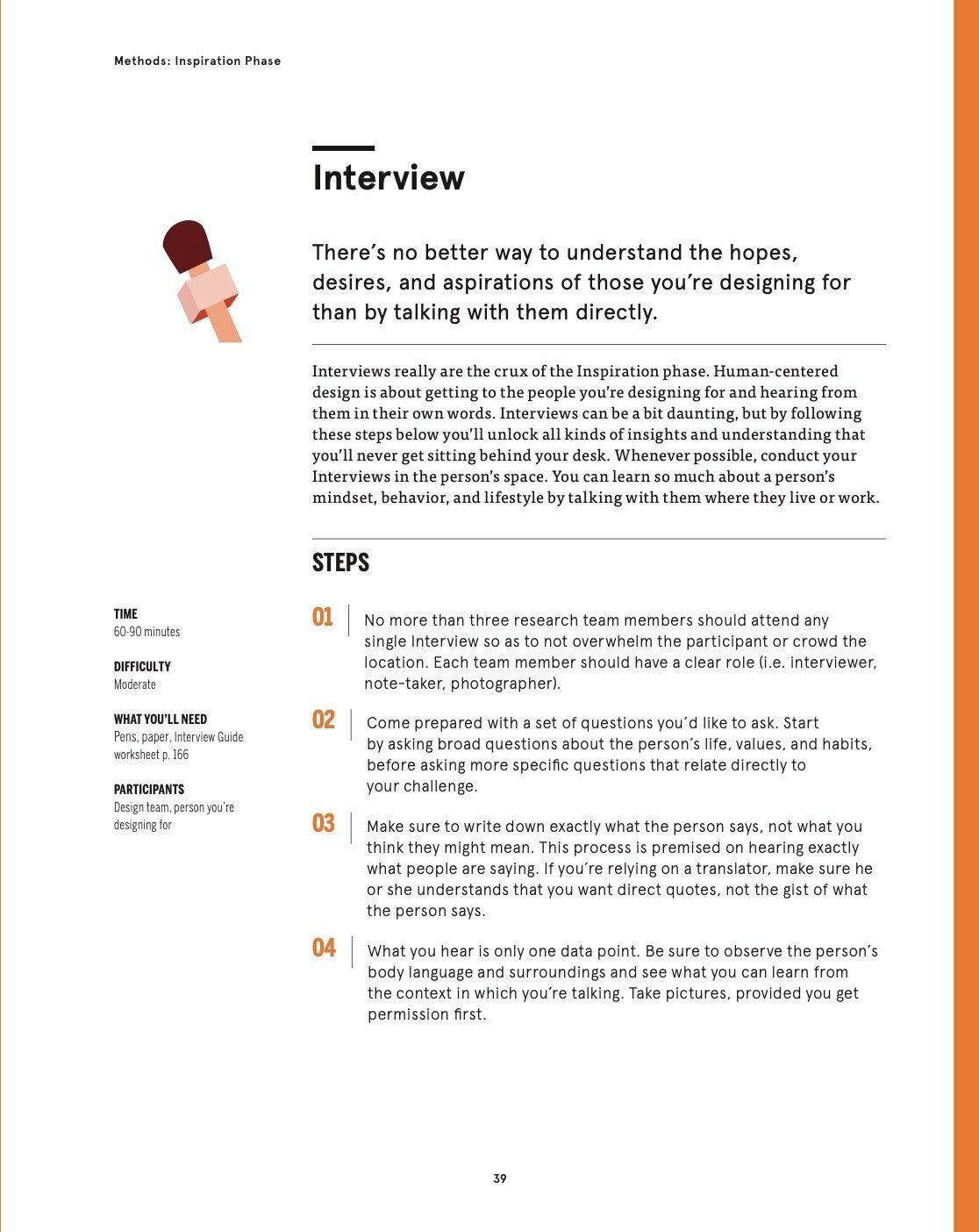An Urban Planner’s Review of “The Field Guide To Human-Centered Design”
Why all urban planners need to master human-centered design.
Introduction:
When I decided to go to graduate school, I went because I wanted to channel creative design thinking to improve the experiences people have in their built environment. I expected a work day to be filled with brainstorming sessions, stakeholder engagement, fieldwork, sketches, pictures, post-it notes, markers, wooden blocks, and solutions that would always be a work in progress. What I didn’t know at the time, is that this aspiration and vision of what my profession would look like is called something, it’s called human-centered design.
Human-Centered Design Explained:
Human-centered design is based on the belief that the people who face every day problems, are the very people who have the answers and solutions to these problems. It is based on the belief that the people you are designing for are actually co-designers, and that their participation is the most valuable and insightful part of the design process. As a member of the design team, your job is to engage with community members, identify themes, develop prototypes, fail, and iterate design solutions.
To learn more about human-centered design, I read The Field Guide To Human-Centered Design over the course of a week. There are three design phases in the toolkit: Inspiration, Ideation, and Implementation. Each phase builds on the previous phase, and ultimately provides methods to problem solve and successfully implement a design solution. Designers include a range of professions, from furniture design to street design, and so here is an urban planner’s review of The Field Guide To Human-Centered Design.
An urban planner’s review of The Field Guide To Human-Centered Design:
This guidebook is beneficial for any designer or problem solver. It is simply organized, intuitive, and portable. Resources are provided at the end of the toolkit to be able to easily follow methods, photocopy, and print design exercises.
In the Inspiration phase, developing strong bonds with community members is key. This can be done through interviews, group exercises, and immersion. Methods to do this in the toolkit sum up to ~50 hours and a design team of three would then require ~150 hours. From the urban planning projects I have been involved with, budgets would not allow for this type of time spent in community engagement. Even though, according to this toolkit, understanding the people you are designing for is the most critical part of problem solving.
In the Ideation phase, you share what you learned from the Inspiration phase with your team, make sense of data, develop design principles for the project, and identify design opportunities. Innovative design solutions in the urban planning field are rare, and often kept to academia, conferences, and pilot programs. In reality, urban planners rely heavily on reports and precedence as a way to justify design solutions and to avoid failure.
In the Implementation phase, live prototyping, piloting, and iterating are key. Urban planners are working on design solutions at city, neighborhood, and street levels. In the United States, there are logistical and financial barriers to live prototyping and piloting solutions on the public right of way (i.e. sidewalks, curbs, or roadways). Getting the right permits, clearance, and setting up a pilot for an urban planning scenario is cumbersome and would inflate the schedule and budget.
This guidebook operates with an ideal baseline in which there is a steady, collaborative, and iterative design process with opportunities to fail, iterate, and re-budget throughout the design process. This baseline is unrealistic for most urban planners in the United States who typically work on underfunded projects with deadlines set by external institutions. Working on public projects using taxpayers’ money is a scenario in which failure is far from acceptable. In addition, having consistent feedback from community members is challenging in a long-term project in which community members may change and lose motivation to participate in the design process.
Conclusion:
Urban planners are designing and shaping the built environment. It’s a complicated task that requires understanding the range of people (i.e. age, gender, ethnicity, class, and social position) that you are designing for. My critiques of the toolkit speak more towards my critique of how urban planning projects are managed and operated. There simply needs to be more time, budget, and emphasis on collaboration.
The Field Guide To Human-Centered Design is an effective toolkit that provides methods on how to design for people with empathy. Download it and read it!
The Field Guide to Human-Centered Design
An example of a method, the steps, and type of information included in the guidebook.

